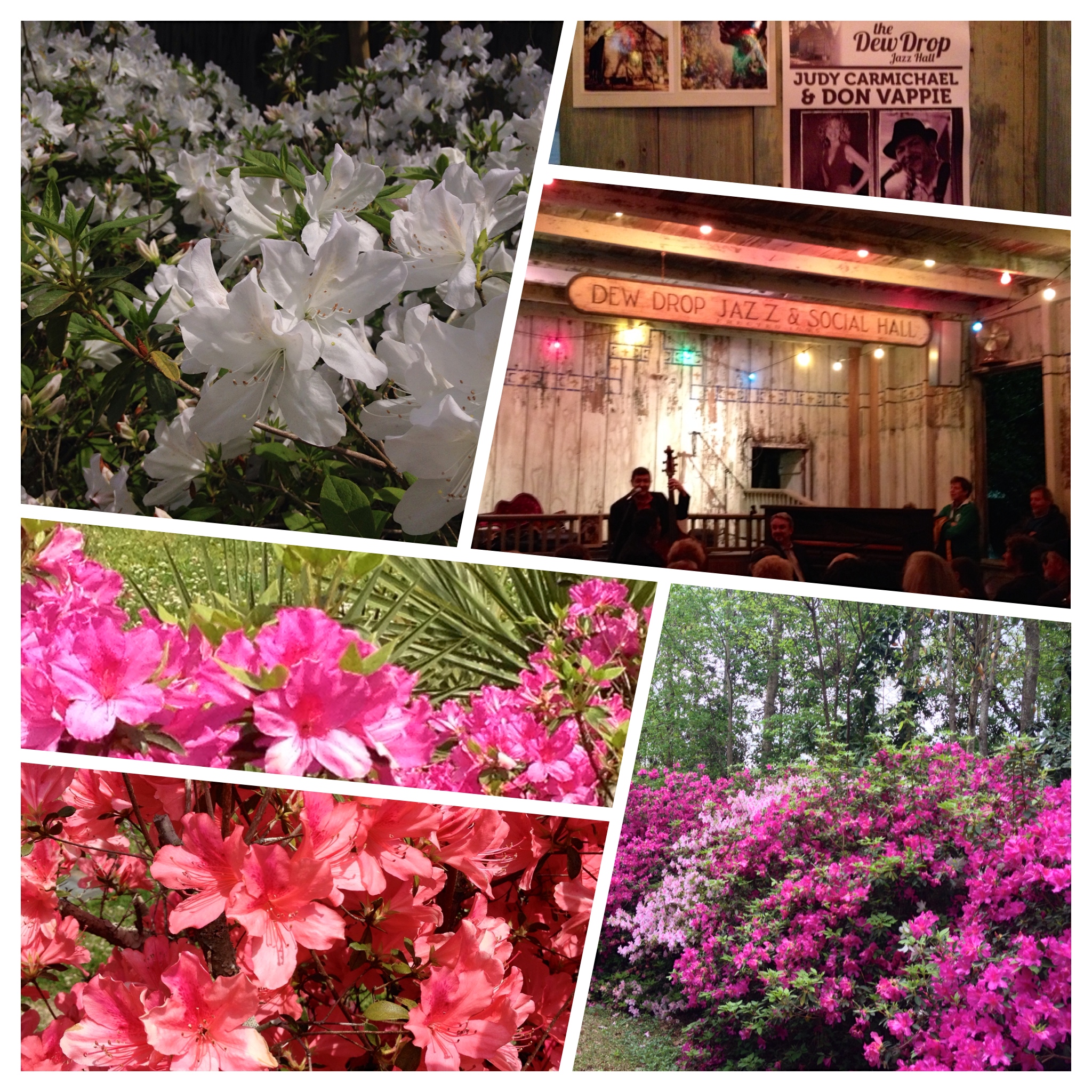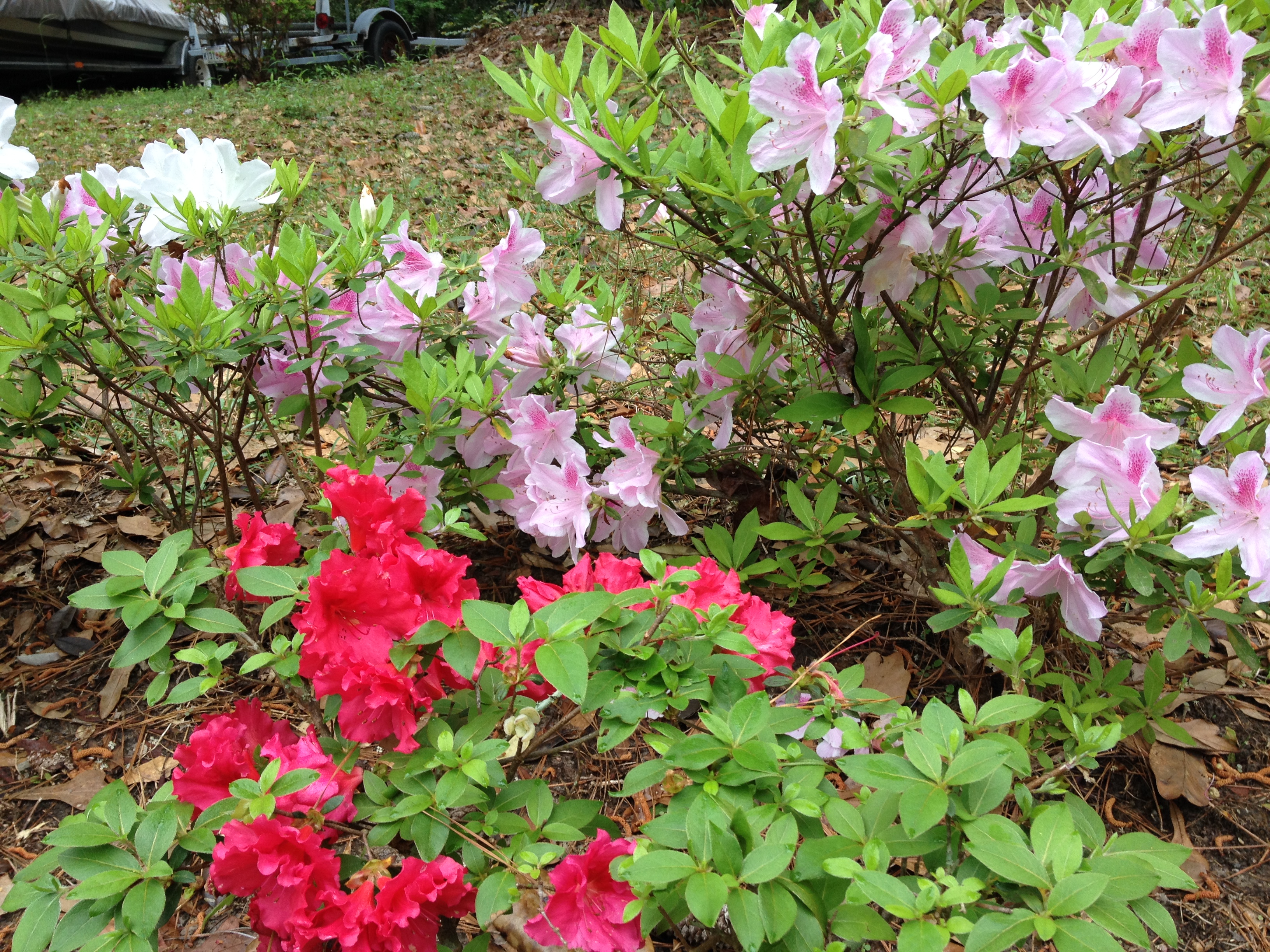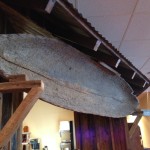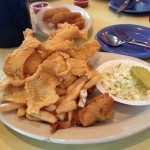a short visit to southern louisiana and experiencing the warm hospitality of our hosts during the spring time full of beautiful azalea blooms, spurred quite a curiosity about cypress trees, whom the Seminole people called hatch-in-e-haw. Coming from the San Francisco Bay Area, ‘deadheads’ bring up the 60’s and songs of Grateful Dead‘s jam of the week but Christopher Aubrey Hurst writes more about the lost treasures of sinker cypress: “Deadheads or sinkers, are those [cypress] logs which did not float at all or had lost buoyancy and subsequently sank during transit to mill locations (Mattoon 1915). Sinker cypress logs are relics of a lost landscape. This landscape provided the world with vast amounts of quality bald cypress wood that could stand the test of time. That landscape is now lost, and it will be hundreds of years before it will be seen and utilized again, but until then, sinker cypress is a tangible reminder.”
I wanted to pay a visit and a tribute to the “Louisiana Manila Men” in the fishing village called Manila Village but I was told that the bayous are long gone. The Filipino American Curriculum Project shared that ‘the “Manilamen” or Filipino sailors were veterans of the Manila galleon trade (1565-1815) and they contributed to the shrimp harvesting industry in southern Louisiana by pioneering methods for separating the heads from the shells of dried shrimp.’
 Although we didn’t get to spend time in the city of New Orleans, which honestly it was really okay since there were about ~10,000 WWF fans roaming in NOLA at the time, we enjoyed amazing and wonderful local jazz at a smaller venue but a packed house despite the rainy evening at the Dew Drop Jazz and Social Hall in Covington, Louisiana, less than an hour across one of the world’s longest bridge from New Orleans, the Lake Pontchartrain Causeway. During our stay at a beautiful ‘treehouse’ surrounded by tall pine trees, fresh and refreshing, abundant wellwater, spring azalea blooms along a swampy river, conversations were held about post-Katrina recovery efforts and how CEOs of Louisiana forged to keep the spirit of New Orleans alive. Between bites of fishchips and hush puppies, I learned about pirogues, which is French for a dugout canoe. My first view of a pirogue was one hanging inside a favorite local eatery called the Middendorf Restaurant, where you can bite into thin fried catfish with cornmeal batter and it taste like yummy not-at-all-greasy fish chips! I was thankful that the pirogue was not one with a crocodile in it! And to end this blog, a big Daghang Mabuhay! Thank you to the Labordes and their family for their warm southern welcome.
Although we didn’t get to spend time in the city of New Orleans, which honestly it was really okay since there were about ~10,000 WWF fans roaming in NOLA at the time, we enjoyed amazing and wonderful local jazz at a smaller venue but a packed house despite the rainy evening at the Dew Drop Jazz and Social Hall in Covington, Louisiana, less than an hour across one of the world’s longest bridge from New Orleans, the Lake Pontchartrain Causeway. During our stay at a beautiful ‘treehouse’ surrounded by tall pine trees, fresh and refreshing, abundant wellwater, spring azalea blooms along a swampy river, conversations were held about post-Katrina recovery efforts and how CEOs of Louisiana forged to keep the spirit of New Orleans alive. Between bites of fishchips and hush puppies, I learned about pirogues, which is French for a dugout canoe. My first view of a pirogue was one hanging inside a favorite local eatery called the Middendorf Restaurant, where you can bite into thin fried catfish with cornmeal batter and it taste like yummy not-at-all-greasy fish chips! I was thankful that the pirogue was not one with a crocodile in it! And to end this blog, a big Daghang Mabuhay! Thank you to the Labordes and their family for their warm southern welcome.



